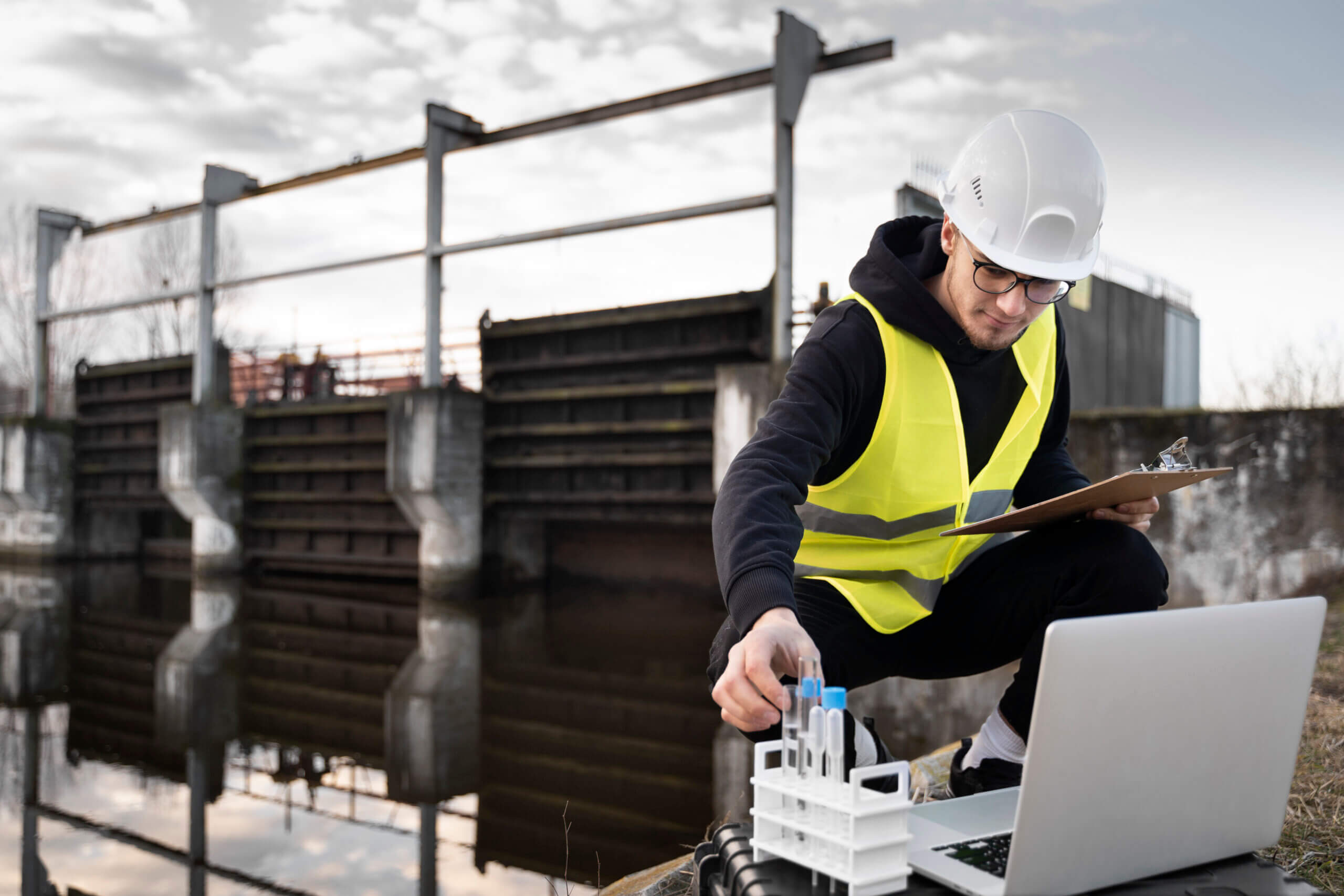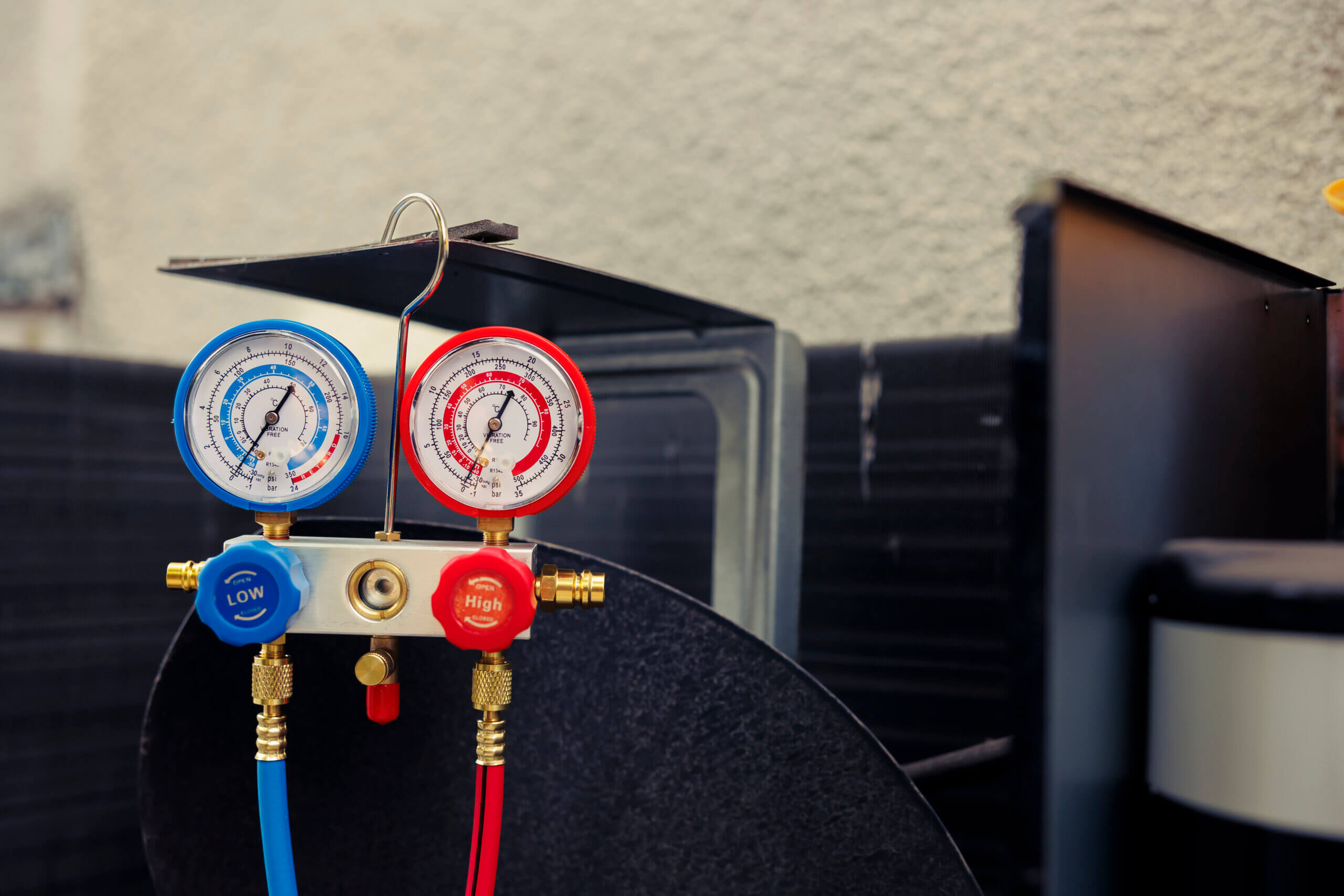The HVAC industry is at the center of a global shift toward environmental accountability. With buildings responsible for nearly 40% of global energy-related carbon emissions (IEA, 2023), the pressure to comply with sustainability mandates is higher than ever. Environmental compliance in HVAC is no longer just a technical concern—it’s a boardroom priority.
Regulatory bodies worldwide are accelerating timelines for the refrigerant phase out, pushing organizations to adopt low GWP refrigerants that align with evolving climate policies. In the U.S. alone, the American Innovation and Manufacturing (AIM) Act mandates a 40% phasedown in HFC refrigerants by 2024, impacting both equipment design and procurement strategies.
To stay competitive, companies are investing in energy efficiency HVAC systems that reduce operational costs while aligning with ESG goals. Simultaneously, the demand for green HVAC technologies is on the rise, driven by growing expectations from investors and environmentally conscious consumers.
“Compliance used to be something you handed to legal. Now it’s something you’re pitching to the board—with a budget and a Gantt chart.”
Another critical area of compliance is the use of eco friendly refrigerants, which help reduce lifecycle emissions and qualify for green building certifications like LEED and WELL.

Why Environmental Compliance Matters in HVAC
Environmental compliance is now a core part of HVAC strategy, not just a regulatory checkbox. Global frameworks like the Kigali Amendment to the Montreal Protocol, adopted by over 145 countries, aim to reduce HFC emissions by 80% by 2047—a mandate that directly impacts commercial HVAC systems.
In the United States, the EPA’s phasedown schedule under the AIM Act requires a 40% reduction in high-GWP refrigerants by 2024, increasing to 85% by 2036. Similar regulations are unfolding in the EU and APAC regions, pressuring multinational businesses to standardize environmentally compliant systems across facilities.
Non-compliance isn’t just a technical or legal issue—it’s a financial one. Fines can exceed $37,500 per day, per violation in the U.S., while non-compliant systems risk project delays, missed certifications, and reputational damage. Forward-thinking leaders are proactively investing in low GWP refrigerants and eco friendly refrigerants as part of long-term asset planning.
“Retrofitting HVAC systems is like upgrading your ERP—expensive, complex, and absolutely necessary if you want to survive the next audit.”
At the same time, HVAC compliance opens doors. Systems using green HVAC technologies and energy efficiency HVAC designs qualify for green building certifications, tax credits, and utility rebates—while reducing total cost of ownership (TCO). Companies leveraging smart HVAC systems and IoT-powered controls are achieving up to 30% energy savings, enhancing both ESG performance and operational resilience.
Emerging Technologies Shaping HVAC Compliance
Innovative technologies are transforming how organizations meet environmental compliance in the HVAC sector. From AI-driven systems to renewable integrations, these solutions not only reduce emissions but also enhance operational and financial performance. Here’s how three major trends are reshaping the landscape:

Smart HVAC Systems
Modern smart HVAC systems use real-time data, predictive analytics, and AI-based controls to optimize equipment performance and reduce energy waste. These systems automatically adjust settings based on occupancy, weather patterns, and usage behavior—ensuring comfort without compromising efficiency.
“When your HVAC system starts sending you performance alerts before your ops team does, you know it’s earned its place on the org chart.”
When integrated with building automation systems, smart HVAC becomes a powerful compliance tool. It enables centralized control of heating, ventilation, and air conditioning components across multiple sites, helping enterprises maintain energy efficiency HVAC standards consistently. The result is a measurable reduction in carbon footprint and operating expenses—an important factor as ESG reporting becomes more data-driven.
Renewable HVAC Options
Sustainable alternatives like solar HVAC and geothermal HVAC systems are emerging as long-term compliance solutions, especially in large commercial and industrial developments. Geothermal HVAC taps into ground-stable temperatures to reduce reliance on traditional fuels, while solar HVAC systems utilize photovoltaic panels to run heat pumps and compressors with minimal grid dependency.
“Solar-powered HVAC seemed idealistic five years ago. Now it’s the CFO asking, ‘Why aren’t we doing this already?’”
Though upfront installation costs can be significant, ROI is increasingly attractive. Incentives, including renewable energy tax credits and utility-backed rebates, reduce payback periods and make these technologies a viable option for companies with aggressive carbon-reduction goals. For forward-looking enterprises, these systems are not just about compliance—they’re strategic investments in future resilience.
Heat Pump Technology
As regulatory bodies phase out high-emission equipment, heat pump technology is gaining favor as a low-carbon replacement for traditional HVAC systems. Today’s advanced heat pumps are more efficient, reliable, and adaptable to both cooling and heating needs—especially in mixed-climate regions.
Heat pump technology directly supports green HVAC goals by operating without combustion and reducing overall GHG emissions. Combined with energy efficiency HVAC designs and smart controls, they help organizations meet or exceed environmental compliance benchmarks while preparing for the next generation of climate-focused infrastructure standards.
Focus on Refrigerants: Compliance and Transition
Refrigerants have become a central focus in HVAC environmental compliance due to their direct impact on global warming potential (GWP). Traditional refrigerants like R-22 and R-410A are highly effective but carry significant environmental costs. Regulatory agencies worldwide are enforcing aggressive refrigerant phase out schedules to address this.
“Refrigerants are aging out faster than your last corporate laptop refresh cycle—and no one wants to be caught using R-22 like it’s still 2005.”
In the U.S., the Environmental Protection Agency (EPA) banned the production and import of R-22 beginning January 1, 2020, with similar restrictions taking place in the EU and parts of Asia. Looking ahead, phasedown steps under the AIM Act aim to reduce high-GWP refrigerants by 85% by 2036, driving urgency for businesses to adapt.

This transition is fueling widespread adoption of low GWP refrigerants, which offer comparable performance with a fraction of the environmental impact. These newer blends are designed to meet evolving standards without sacrificing cooling capacity or efficiency. For instance, refrigerants like R-32 and R-454B are rapidly replacing their predecessors in commercial and industrial HVAC systems.
At the same time, the shift toward eco friendly refrigerants is aligning with broader efforts to build sustainable, energy efficiency HVAC infrastructures. These refrigerants are often integrated into next-generation systems that support energy savings, leak detection, and lifecycle monitoring—critical features for maintaining compliance in real time.
Forward-looking organizations are also incorporating green HVAC alternatives in their procurement and facility upgrade strategies. Whether through retrofitting or full equipment replacement, the move toward compliant refrigerants is becoming a foundational step in meeting both internal sustainability goals and external regulatory requirements.
The refrigerant transition is no longer optional—it’s a business imperative. Companies that act early not only avoid penalties and disruptions but also position themselves to benefit from emerging incentives, certifications, and investor confidence.
Integrating Automation and Smart Solutions for Compliance
As HVAC compliance standards become more stringent, automation and real-time intelligence are emerging as critical enablers. Modern building automation systems and smart HVAC systems offer the level of control, precision, and visibility needed to stay ahead of regulatory requirements and energy performance benchmarks.
By integrating IoT sensors, these systems collect continuous data on temperature, occupancy, airflow, and energy usage. This allows for predictive maintenance, which can reduce unplanned downtime by up to 40%, and cut energy consumption by 20–30% through optimized performance. Such efficiencies play a direct role in achieving energy efficiency HVAC goals while minimizing operational risks.
“With the right automation, your HVAC system can spot inefficiencies, schedule its own maintenance, and probably negotiate a better utility rate too—if only it had a login to SAP.”
In large-scale facilities, automation platforms can centrally manage dozens or even hundreds of HVAC units. This unified approach ensures consistent compliance across locations—particularly valuable for organizations with multi-site operations or global footprints.
Moreover, smart HVAC systems use machine learning algorithms to adapt to changing conditions, automatically adjusting settings to maintain efficiency and reduce emissions without manual intervention. This is especially beneficial in buildings pursuing LEED certification or net-zero carbon targets.
The integration of automation also aligns closely with green HVAC strategies. By enabling smarter energy usage and reducing environmental impact, these systems help organizations meet both compliance requirements and internal sustainability KPIs.
Ultimately, automation transforms HVAC compliance from a reactive checklist into a proactive, measurable process—helping businesses optimize energy, reduce costs, and strengthen their environmental positioning.
What’s Next in Green HVAC Trends
The future of HVAC lies in cleaner, smarter, and more sustainable technologies—driven by regulation, innovation, and long-term operational priorities. The next decade will see accelerated adoption of geothermal HVAC, solar HVAC, and heat pump technology, not only in new construction but also in large-scale retrofits.
According to the International Energy Agency, global heat pump installations are expected to triple by 2030, as countries push for electrification of heating to reduce carbon emissions. In regions with aggressive decarbonization goals, governments are offering significant rebates for switching to heat pump technology, making it a viable alternative to gas-based systems in both residential and commercial sectors.
Meanwhile, solar HVAC is gaining momentum, particularly in areas with high energy costs and strong solar incentives. With solar energy costs having dropped nearly 80% in the past decade, businesses are finding improved ROI in hybrid HVAC systems powered partly by photovoltaic panels. These solutions provide resilience during peak demand and support off-grid readiness.
Geothermal HVAC is becoming an increasingly attractive option for institutional buildings, schools, and corporate campuses. Though installation costs are higher upfront, its low maintenance and long-term savings are making it a preferred solution in climate-conscious master plans.
As these technologies scale, their integration with smart HVAC systems and building automation platforms will become essential. Real-time data, AI-driven optimization, and predictive maintenance will enable consistent compliance with evolving standards.
Policy shifts are also accelerating adoption. Initiatives like LEED, WELL, and local building performance standards are driving enterprises to rethink their HVAC investments. Committing to energy efficiency HVAC systems and green HVAC strategies is no longer optional—it’s becoming a requirement for competitiveness, funding eligibility, and ESG scoring.
The future belongs to organizations that embed sustainability in their infrastructure decisions today—positioning HVAC not just as a utility, but as a strategic asset.
The landscape of HVAC environmental compliance is evolving rapidly, and the organizations that act early will be the ones best positioned to lead. From the global push toward refrigerant phase out to the rise of eco friendly refrigerants and low-carbon systems, the regulatory and operational shifts are undeniable.
See how FieldAx can transform your Field Operations.
Try it today! Book Demo
You are one click away from your customized FieldAx Demo!
Author Bio

Palani Kumar
Palani Kumar is a seasoned digital marketing professional with over 13 years of experience in crafting impactful strategies for B2B brands.
As the marketing lead at FieldAx, he focuses on bridging the gap between technology and business growth, simplifying complex field service management concepts into valuable insights.
Passionate about delivering informative and practical content, Palani writes about industry trends, best practices, and innovations that help businesses optimize their field operations.
When not working on marketing strategies, he enjoys exploring history, engaging in thought-provoking discussions, and appreciating the balance between technology and tradition.





